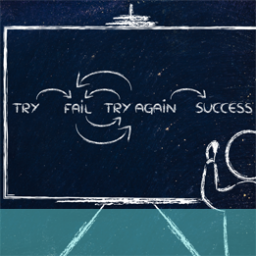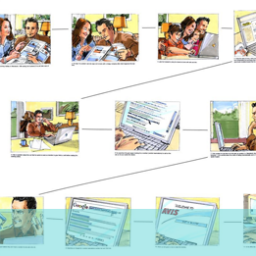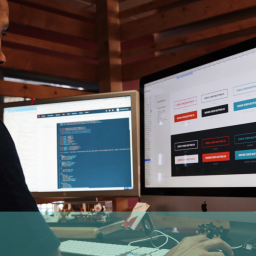
Agile UX design is a technique that permits flexible, rapid progress and response in website design. It is essentially achieved by breaking a project up into manageable blocks and delivering these blocks swiftly so progress can be accelerated and dependent activities be started sooner. Tools such as prototyping and wireframing are used to facilitate this. Iterative software development is at the heart of this process as changes are incorporated rapidly throughout the process without compromising design or functionality.
So what benefits does Agile bring to UX Design?
- Quicker identification and rectification of software issues;
- Better appreciation of tasks and how they fit together;
- Clearer definition of tasks and how they fit together;
- Discrete teams focusing on specific tasks;
- Better integration and communication between teams promoting improved cooperation and efficiency
However, there are some downsides which are that;
- There has to be organisational buying and possibly redeployment and restructuring to deliver the process;
- There are likely retraining or re purposing issues that could extend across a wide range of staff
- The activity has to be properly set up, funded and resourced;
- Failure to implement adequately could lead to worse decisions and products;
- Inadequate testing due to speed of transition between phases.
While the Agile approach brings many positive aspects to UX design and development it needs to be delivered within a particular environment to be really effective and produce optimal results.
Some of the conditions required to bring this about include;
- Organisational culture – there needs to be an understanding of, and commitment to, the Agile process and an integration with UX design and testing. If there is too much emphasis on process over substance and too much concentration on delivering small project detail rather than big picture thinking and understanding, the Agile process is likely to malfunction.
- Involvement and understanding right across the organisation and process is fundamental to success. If participants remain in silos just focusing on delivering their part, the Agile ethos is undermined.
- Agile can impose too much rigidity and often the way it is adopted and used contributes to this rigidity. There has to be realistic and practical expectations and adoption of the principles without too slavish or unbending a structure to enforce and implement them.
- Agile principles and any systems introduced or developed to implement them need to be adapted to the organisational and staff requirements and skills and not dictate or trammel them.
- There has to be effective two-way communication and genuine integration of work and ideas for Agile to really deliver. If there is a perception that one discipline or worldview prevails or there is lack of empathy or appreciation on any side, it will be more difficult to produce the controlled and focused responses and actions that effective Agile working demands.
Agile can be effective given the right approach and environment. If you would like to learn more about the process why not ring us on +44(0)800 0246247 or email us at hello@ux247.com
















